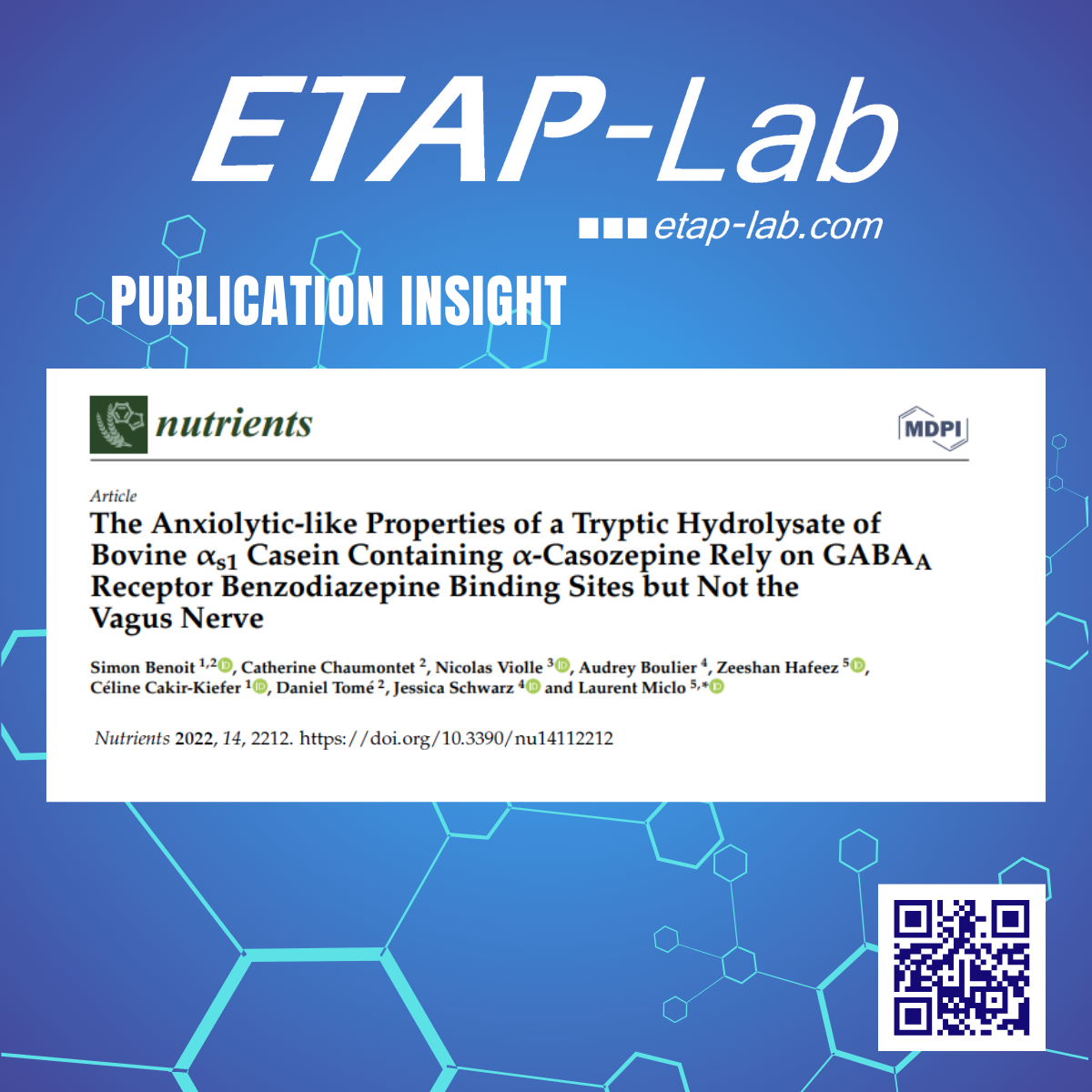Identification and quantification of natural isoxazolinone compounds by capillary zone electrophoresis.
Chowdhury B, Rozan P, Kuo YH, Sumino M, Lambein F. - 2001, J Chromatogr A, 933:129-36.
A capillary zone electrophoresis (CZE) method that is specific, simple, rapid and also cheap was developed to analyse some natural UV-absorbing isoxazolinone compounds with toxic potential present in legume seedlings. The six most common natural isoxazolinone compounds were separated within 10 min with 25 mM potassium phosphate (pH 7.5) containing 8% 1-propanol as running buffer. A 60 cm coated fused-silica capillary (52.6 cm effective length x 75 microm I.D.), with an electric field of 375 V/cm at 30 degrees C was used. The limit of detection ranged from 0.01 mM (3.0 microg/ml) to 0.03 mM (7.7 microg/ml). Linearity between peak areas and concentrations ranging from 0.05 mM to 1.75 mM were determined for each isoxazolinone. The correlation coefficient was 0.9954 or greater. Both relative migration time and peak area were reproducible. The RSD of relative migration time is between 0.44 and 1.94% and RSD of peak area is between 1.26 and 6.86%. The concentrations of isoxazolinones in Lathyrus odoratus and L. sativus seedlings obtained by CZE were in agreement with the previous results from HPLC.
Link to Pubmed


